water comes out of the tap, right? it generally tastes ok, too – maybe not necessarily if you life in sydney. people who think sydney water tastes good should visit vienna where the town water comes from springs from the alps, at least most of it.
but that’s a different story.
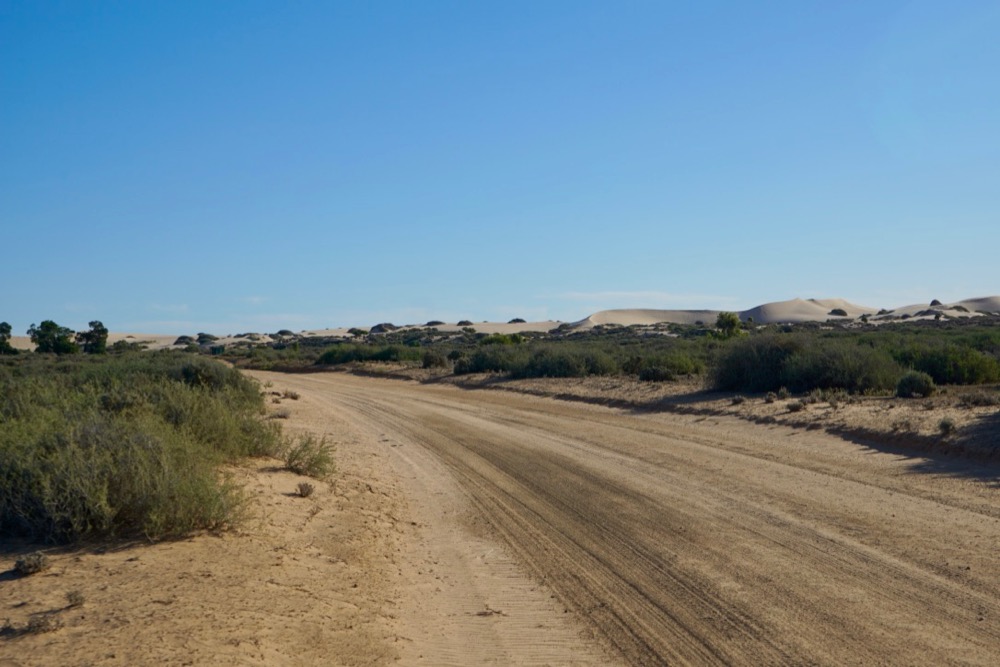
we have the ability to carry quite a bit of water in the kk, 210 liters in total in two tanks. there are a few reason for the split: one is that if one tank springs a leak there is still water left in the other. also, one should be used for drinking water only, the other can also be used for water that may not be perfect but can be drunk when boiled or used for washing.
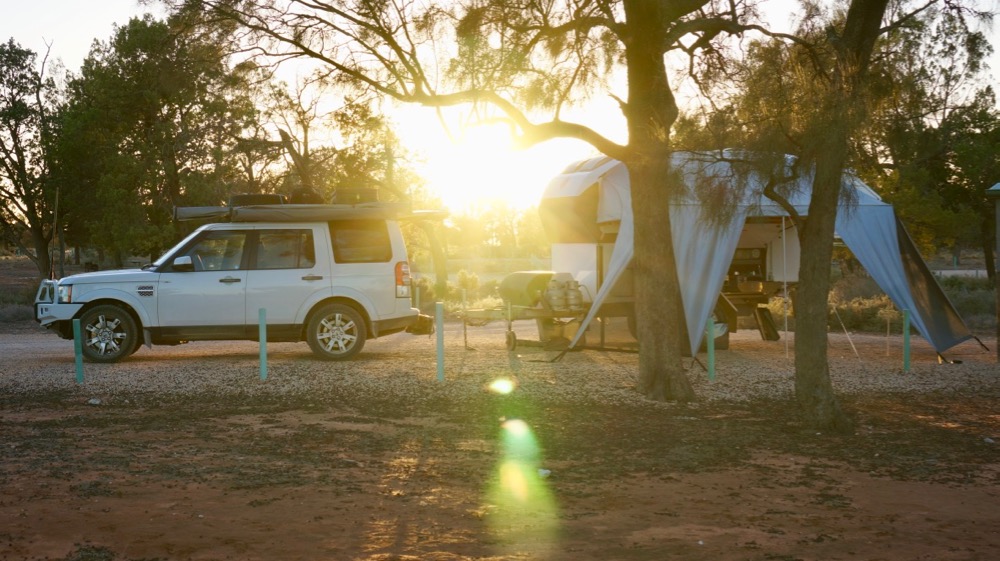
we filled the drinking water (90 liter) tank up in mildura but i only partly filled the 120 liter tank. one liter of water equals 1 kilogram of weight and we were going off road, quite a bit actually. we knew there was not going to be any water in mungo np. not a problem with 150 liters of water in the tanks.
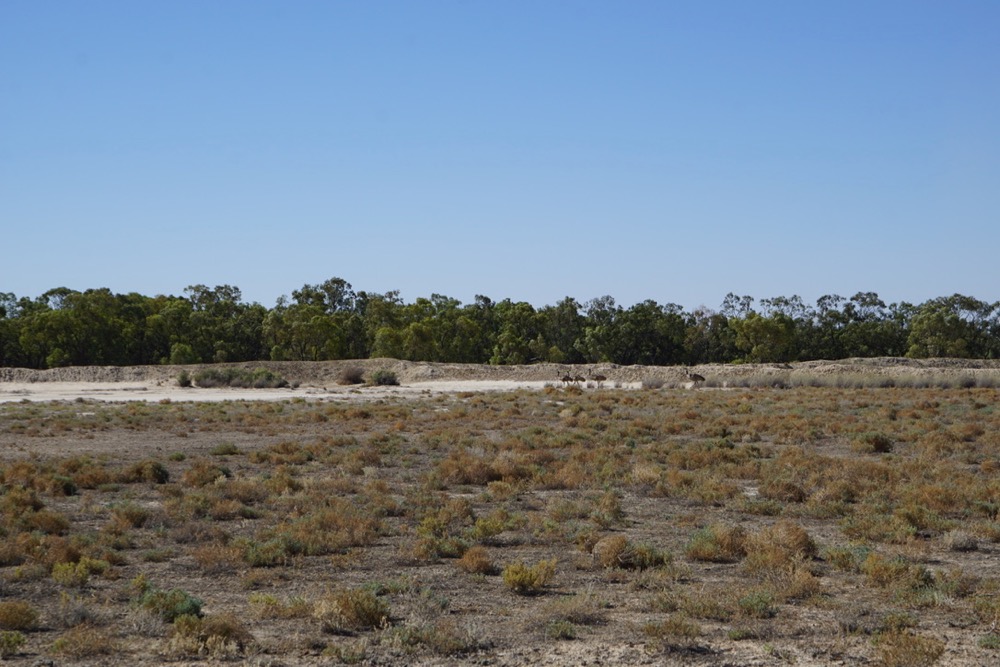
the next stop after mungo was menindee. the area between mungo and menindee is theoretically full of water: the darling river flows through this part of the country, through a series of lakes. broken hill actually pumps part of it’s water from lake menindee.
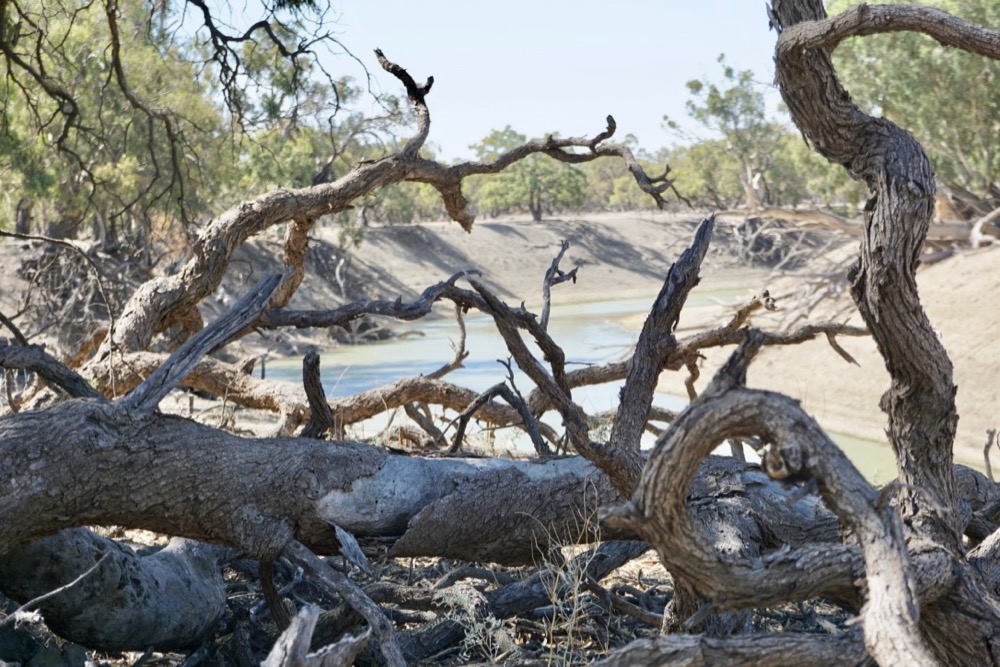
reality is a bit more sobering. most lakes are actually dry and so are some of the creeks connected to the darling, which itself looks more like you could actually walk across it.
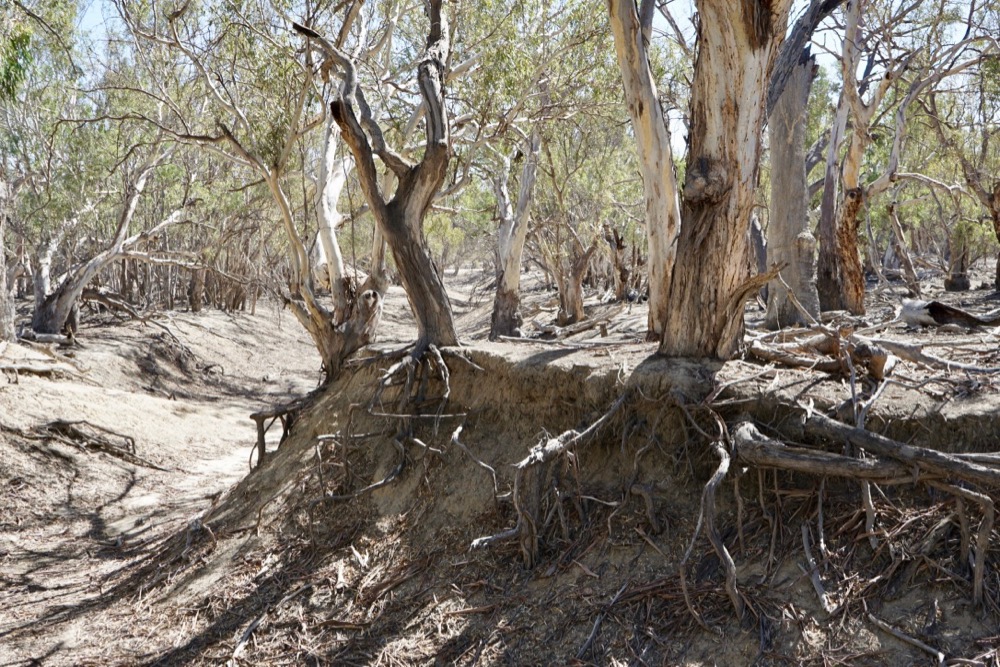
turns out the caravan park near lake pomamaroo did have water, as did the lake next to it, however, none of it was drinking water. we didn’t even use the water from the tap next to the van for washing up, it smelled as if it came directly out of a cow. yes i an thinking about the rear end of a cow.
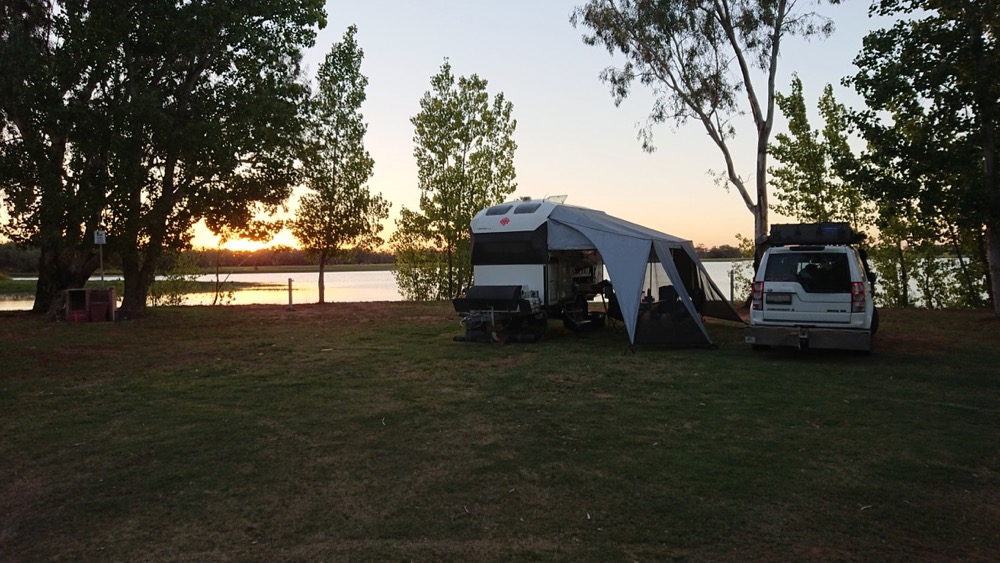
menindee lake itself is also down to 20% of it’s full capacity which has people in broken hill worried. the nsw government is also worried but has come up with a brilliant plan: pump water from mildura (from the murray) to broken hill.
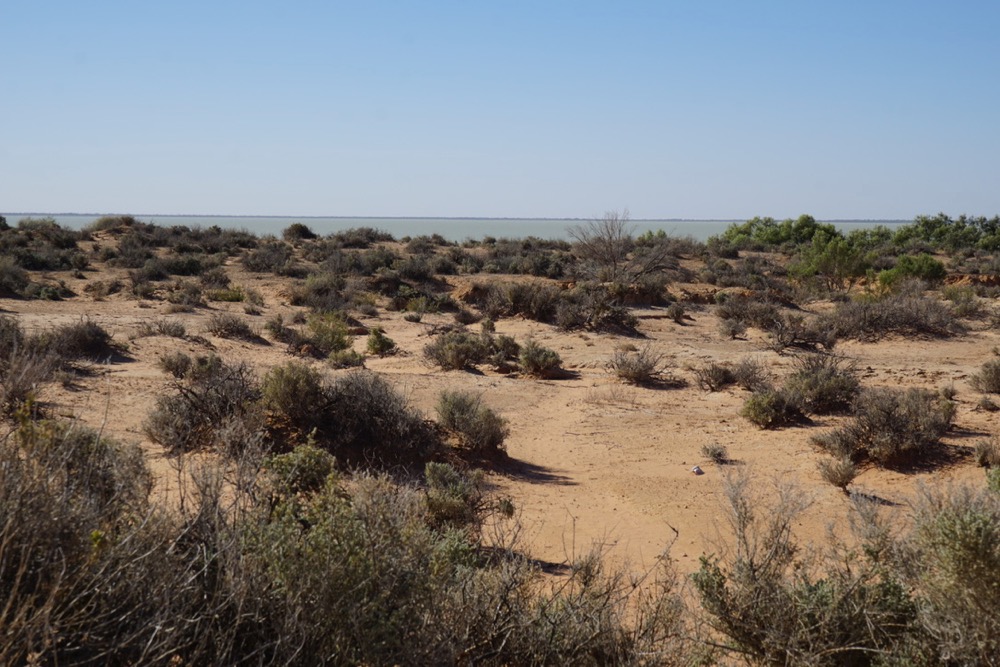
it appears that a small number of outback rivers with strongly fluctuating water levels are called upon to support the population and of course a significant agricultural sector heavily dependant on irrigation. remember mildura? the city only exists because of two gentlemen from canada, the chaffey brothers, started the irrigation of the land.
on a not unrealted note the countryside around mildura was apparently quite rich and not arid at all until the sheep farmers arrived in the middle of the 19th century. the sheep devastated the countryside quite quickly. the same also happened in mungo, which was also a sheep station. the photos of before (when mungo was still a working station) and after (when it was made a national park a the vegetation was allowed to return) are quite stark.
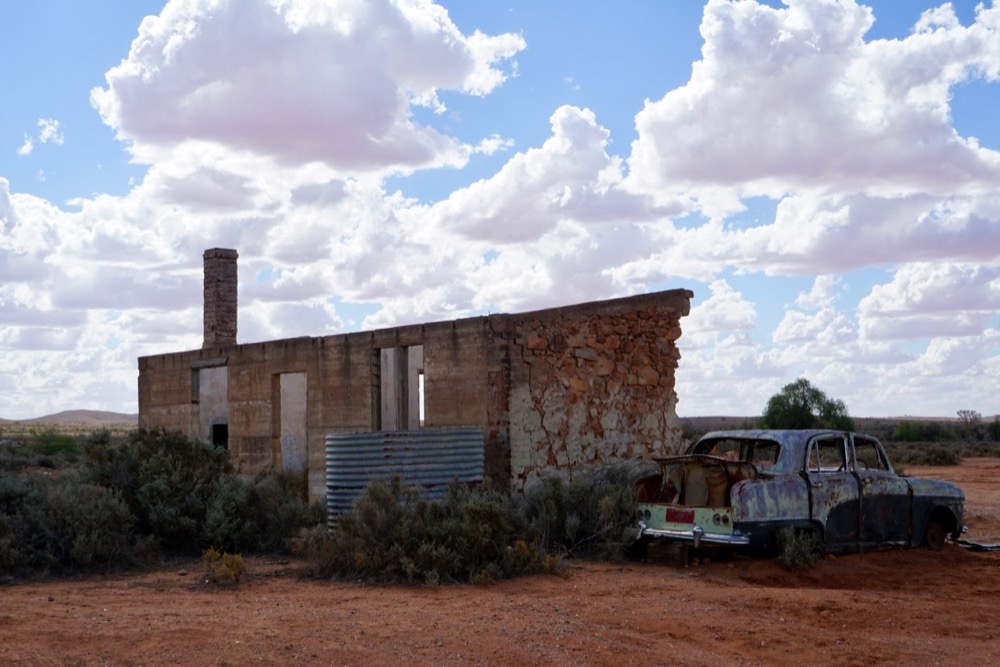
silverton is in significantly more trouble than broken hill. according to locals they didn’t have proper rain in three years.
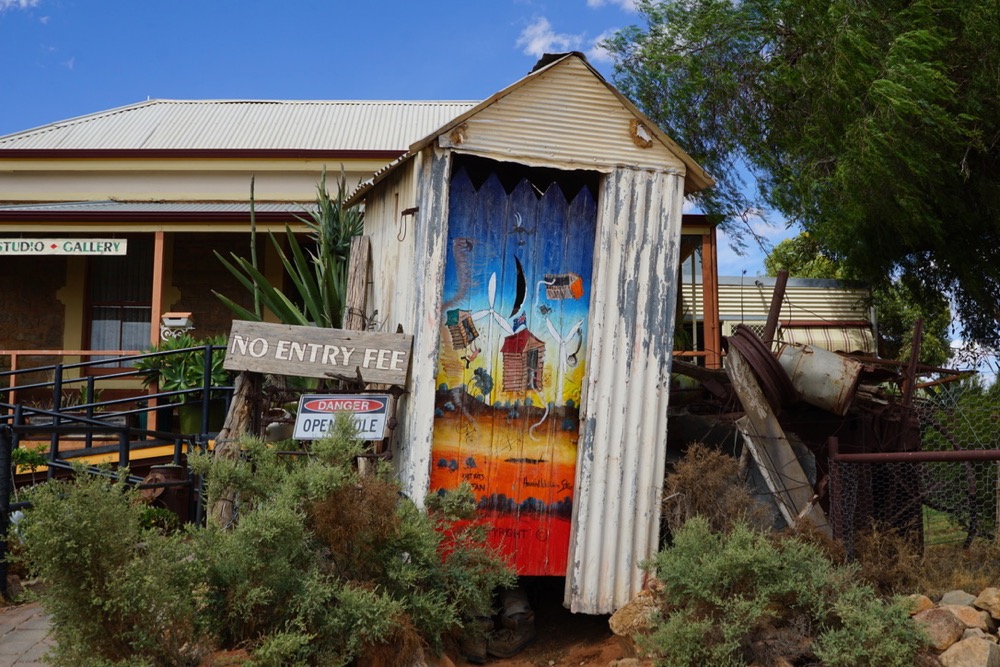
the leaning outback dunny is already closed for ‘business’.
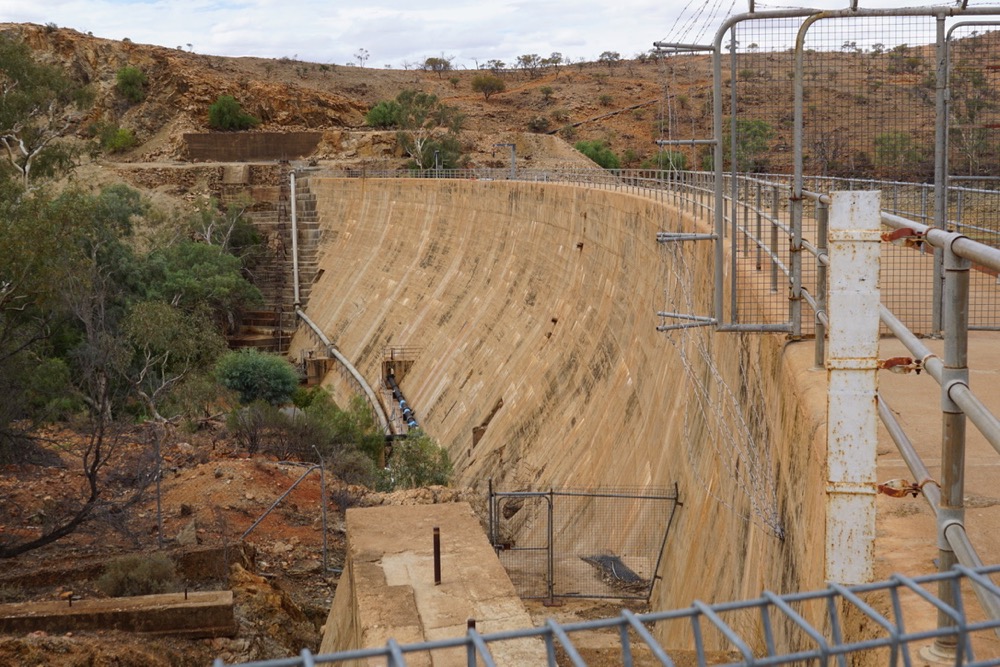
so is the local dam. it’s an impressive structure with quite a bit of capacity but sadly no water at all.
we found ourselves in a similar position when we pulled up to camp at eldee station just outside silverton. there were taps and there was water coming out of it, but when kris filled some into a bucket for washing up she found it to be a bit too dark and chunky for her linking. it’s not bore water but comes from a dam. so when the instruments said we were down to approx 60 liters we panicked a little.
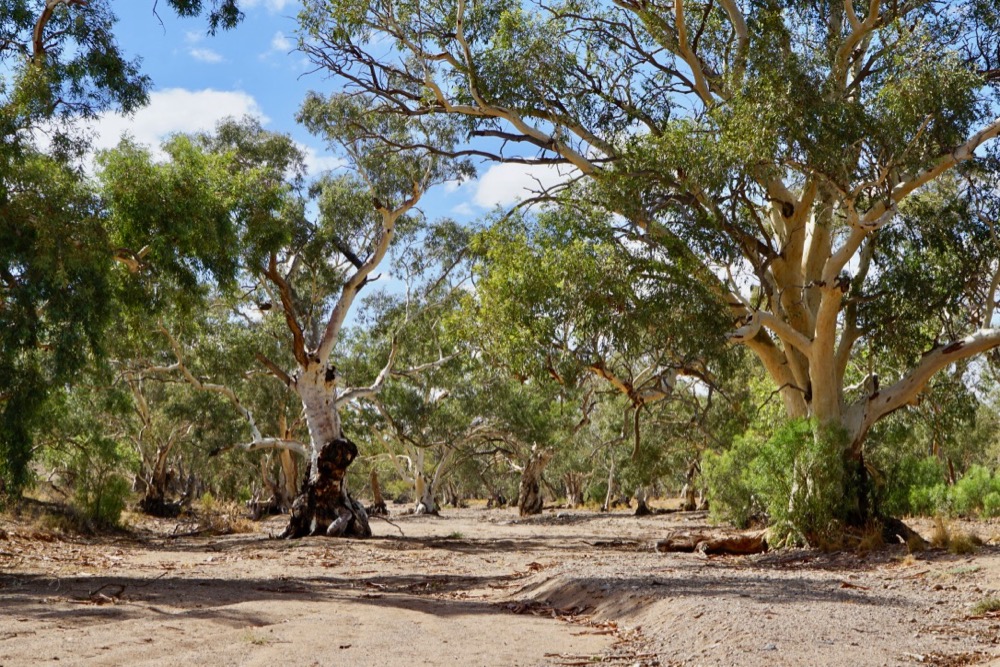
luckily it wasn’t really a case of life and death, not even of having a shower or go to bed sweaty. it would have been enough to see us through another few days, but it drove home the point that water is a scarce commodity in the outback. you’ll always find something to wet your feet but you may not want to drink it.
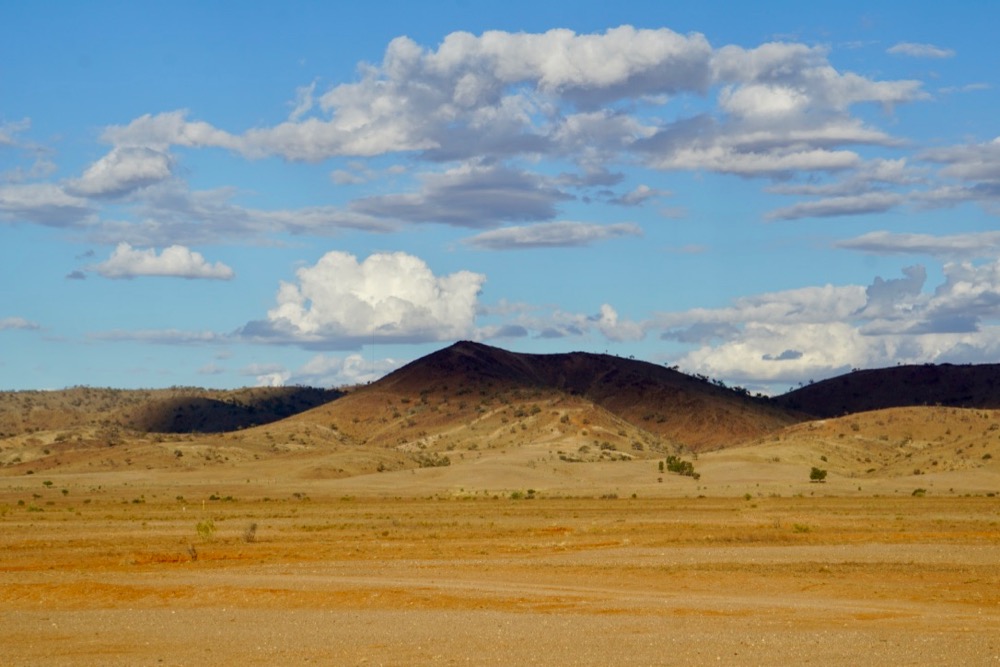
since we want to bush camp more frequently and we’ll be in more remote areas for the coming weeks we realized we will have to plan ahead and manage our water carefully. here in broken hill there is a tap just outside the information center, but kris called ahead to our next stop in the flinders ranges and they don’t have drinking water at the camp site either.
water may come from any tap in the big cities on the coast but in the outback it’s not quite a simple. and we will have to be a lot more careful and look ahead to ensure we don’t run out.
on that note we also found that the kk does not use the 90 liter ‘clean water’ tank for flushing. still, it hurts to use drinking water for the toilet. does it not?
